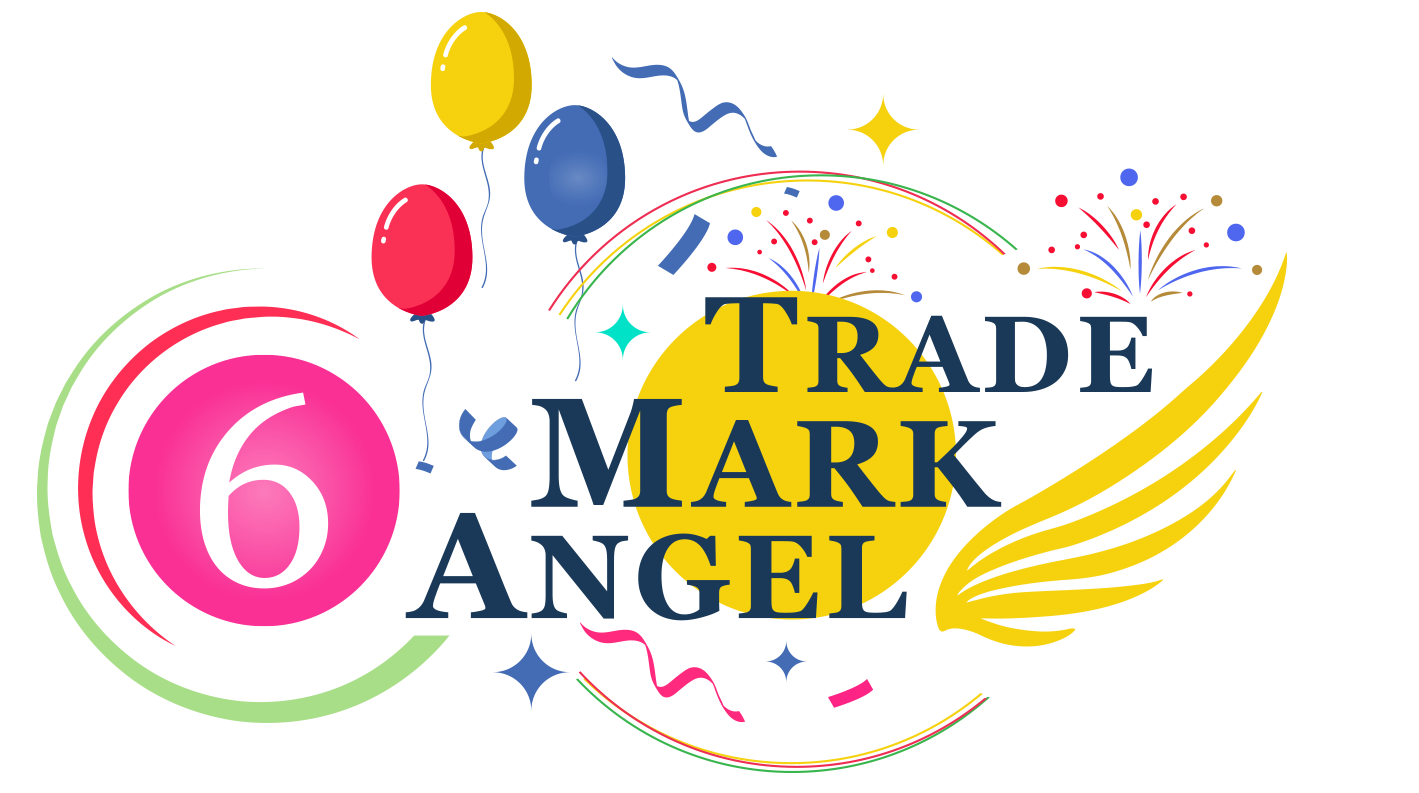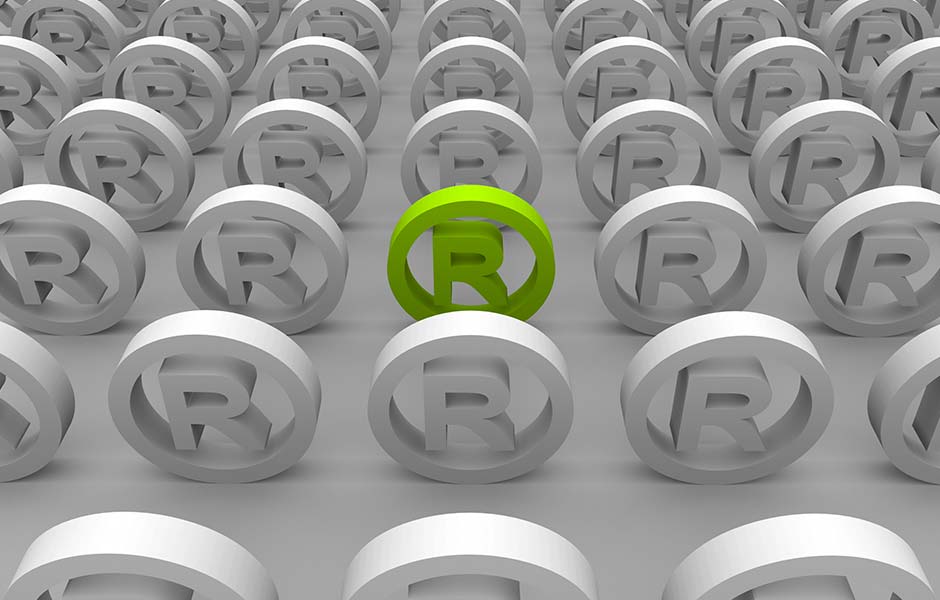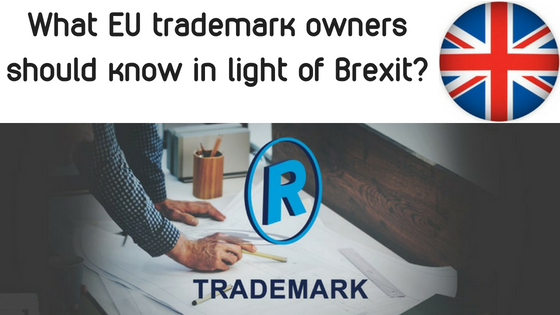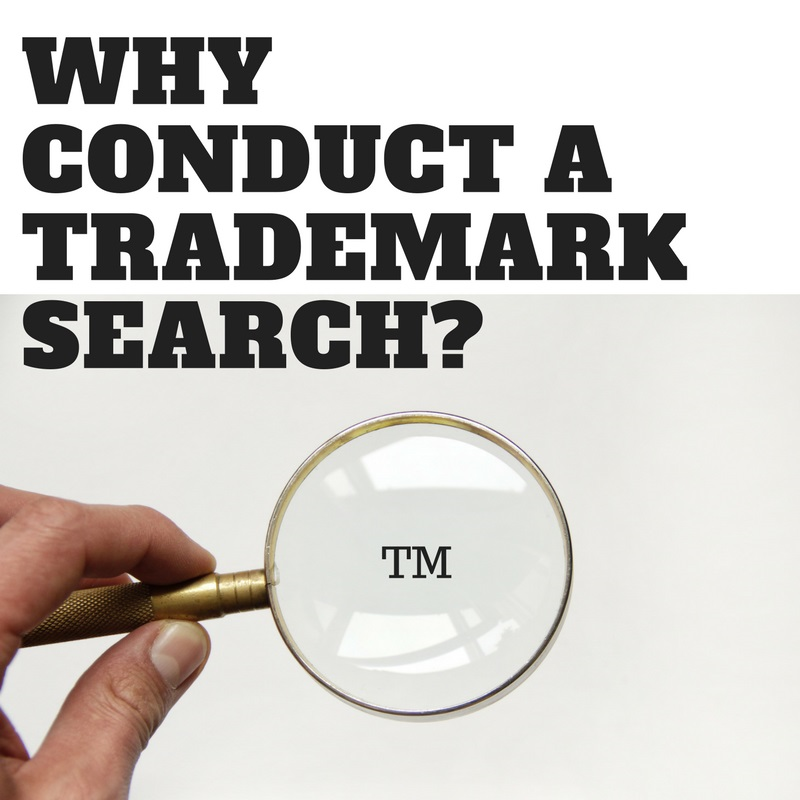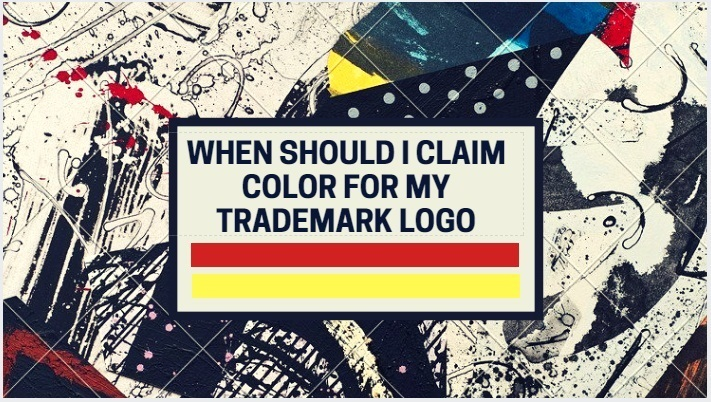The Race to Trademark: What Happens If Someone Beats You by a Day?
In the ever-evolving realm of business, securing a trademark is akin to staking claim in a fiercely competitive landscape. Yet, what if someone swoops in before you? What if, despite your best-laid plans, another entity or person files for the same trademark just a day prior to your application? Understanding the ramifications of such a [...]
